Thermocouples And The Seebeck Effect
Understanding the Seebeck Coefficient
The Seebeck coefficient measures the voltage generated in response to a temperature difference and is essential for thermocouple applications.
The Seebeck coefficient is a fundamental parameter in thermoelectric materials. It quantifies the voltage produced when a temperature gradient is applied across a material. This effect underpins the operation of thermocouples, which are employed in various industries for temperature measurement and control.
Measurement of the Seebeck Coefficient
A controlled temperature difference is applied across a material while the resulting voltage is recorded. This method requires precise instrumentation to ensure accurate readings. The coefficient is expressed in microvolts per Kelvin (µV/K) and is critical for assessing the performance of thermoelectric materials.
|
Measurement Method |
Description |
|
Differential Method |
Measures the voltage between two junctions |
|
Absolute Method |
Measures the voltage relative to a reference point |
|
Harmonic Method |
Uses AC signals to improve measurement accuracy |
Thermocouples and the Seebeck Effect
Thermocouples rely on the Seebeck effect for temperature measurement. They consist of two different metals joined at one end to form a junction. When a temperature difference exists between the junction and the opposite ends of the metals, a voltage is generated that is proportional to the Seebeck coefficient of the materials used. This voltage is measured and correlated with temperature, making thermocouples reliable tools for temperature measurement.
Applications of the Seebeck Coefficient
The Seebeck coefficient is important not only for temperature measurement but also for other practical applications. It is utilised in thermoelectric generators that convert waste heat into electrical energy. An understanding of the Seebeck coefficient also assists in the development of cooling systems and supports materials science research aimed at improving thermoelectric materials.
Seebeck Coefficients for Selected Metals and Alloys
Different metals and alloys exhibit varying Seebeck coefficients, which depend on their electronic structure and thermoelectric properties. These values may vary with temperature, composition and material purity.
|
Material |
Seebeck Coefficient (µV/K) |
|
Copper (Cu) |
+1.5 to +2.0 |
|
+1.5 to +2.0 |
|
|
Gold (Au) |
+1.5 to +2.5 |
|
Silver (Ag) |
+1.5 to +2.0 |
|
Iron (Fe) |
+2.0 to +3.0 |
|
Nickel (Ni) |
+5.0 to +6.0 |
|
+5.0 to +6.0 |
|
|
-50 to -100 |
|
|
Lead (Pb) |
-10 to -20 |
|
Tin (Sn) |
-15 to -30 |
|
+10 to +20 |
|
|
Zinc (Zn) |
+10 to +20 |
|
Palladium (Pd) |
+5.0 to +7.0 |
|
Titanium (Ti) |
-3.0 to -5.0 |
|
Konstantan (CuNi Alloy) |
+30 to +60 |
|
Thermoelectric Alloys (e.g. Bi₂Te₃) |
+100 to +250 (varies with doping) |
Important Notes:
- Positive Seebeck Coefficient: Materials with a positive Seebeck coefficient (e.g. Copper, Gold) have electrons as the majority charge carriers and exhibit n-type behaviour.
- Negative Seebeck Coefficient: Materials with a negative Seebeck coefficient (e.g. Bismuth, Lead) have holes as the primary charge carriers and exhibit p-type behaviour.
- Alloys: Certain alloys, such as Konstantan (CuNi Alloy), have been developed for thermoelectric applications. They produce a Seebeck coefficient in the range of +30 to +60 µV/K and maintain stability during measurement.
Frequently Asked Questions
What is the Seebeck Effect?
The Seebeck effect is the generation of an electrical voltage by a material when a temperature difference exists.
How do thermocouples utilise the Seebeck coefficient?
Thermocouples utilise the Seebeck coefficient by measuring the voltage produced at the junction of two different metals, which is directly correlated with temperature differences.
Why is the Seebeck coefficient important in thermoelectric materials?
It determines the efficiency of converting heat into electrical energy and is therefore vital in designing effective thermoelectric generators.
Can the Seebeck coefficient be positive or negative?
Yes, the Seebeck coefficient can be positive or negative, depending on whether electrons or holes are the majority charge carriers.
Which factors influence the Seebeck coefficient?
Material composition, temperature and the presence of impurities or defects can significantly affect the Seebeck coefficient.

 Bars
Bars
 Beads & Spheres
Beads & Spheres
 Bolts & Nuts
Bolts & Nuts
 Crucibles
Crucibles
 Discs
Discs
 Fibers & Fabrics
Fibers & Fabrics
 Films
Films
 Flake
Flake
 Foams
Foams
 Foil
Foil
 Granules
Granules
 Honeycombs
Honeycombs
 Ink
Ink
 Laminate
Laminate
 Lumps
Lumps
 Meshes
Meshes
 Metallised Film
Metallised Film
 Plate
Plate
 Powders
Powders
 Rod
Rod
 Sheets
Sheets
 Single Crystals
Single Crystals
 Sputtering Target
Sputtering Target
 Tubes
Tubes
 Washer
Washer
 Wires
Wires
 Converters & Calculators
Converters & Calculators
 Write for Us
Write for Us
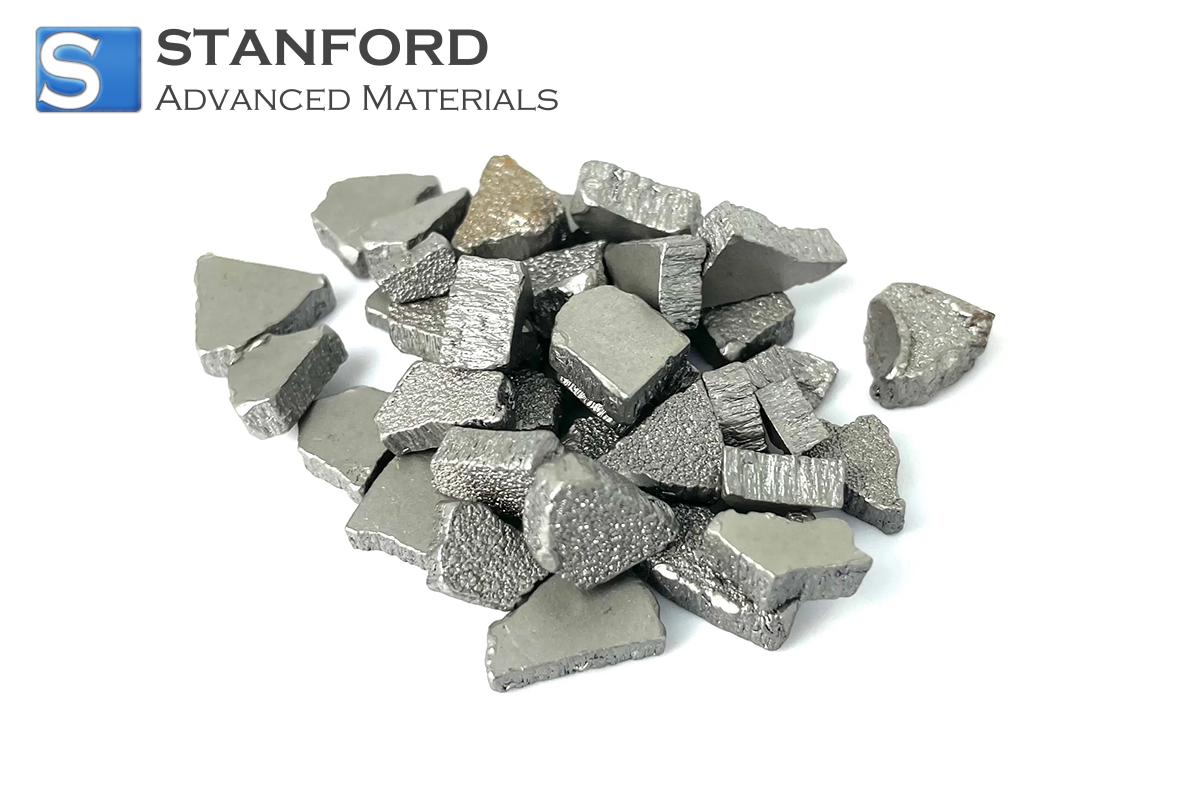
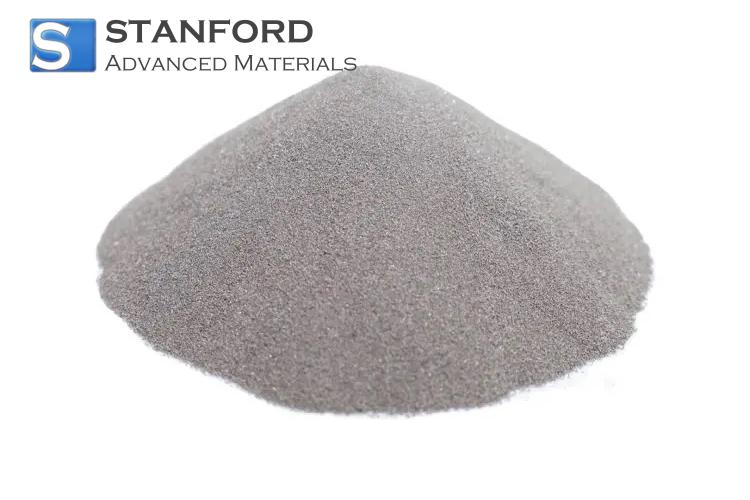
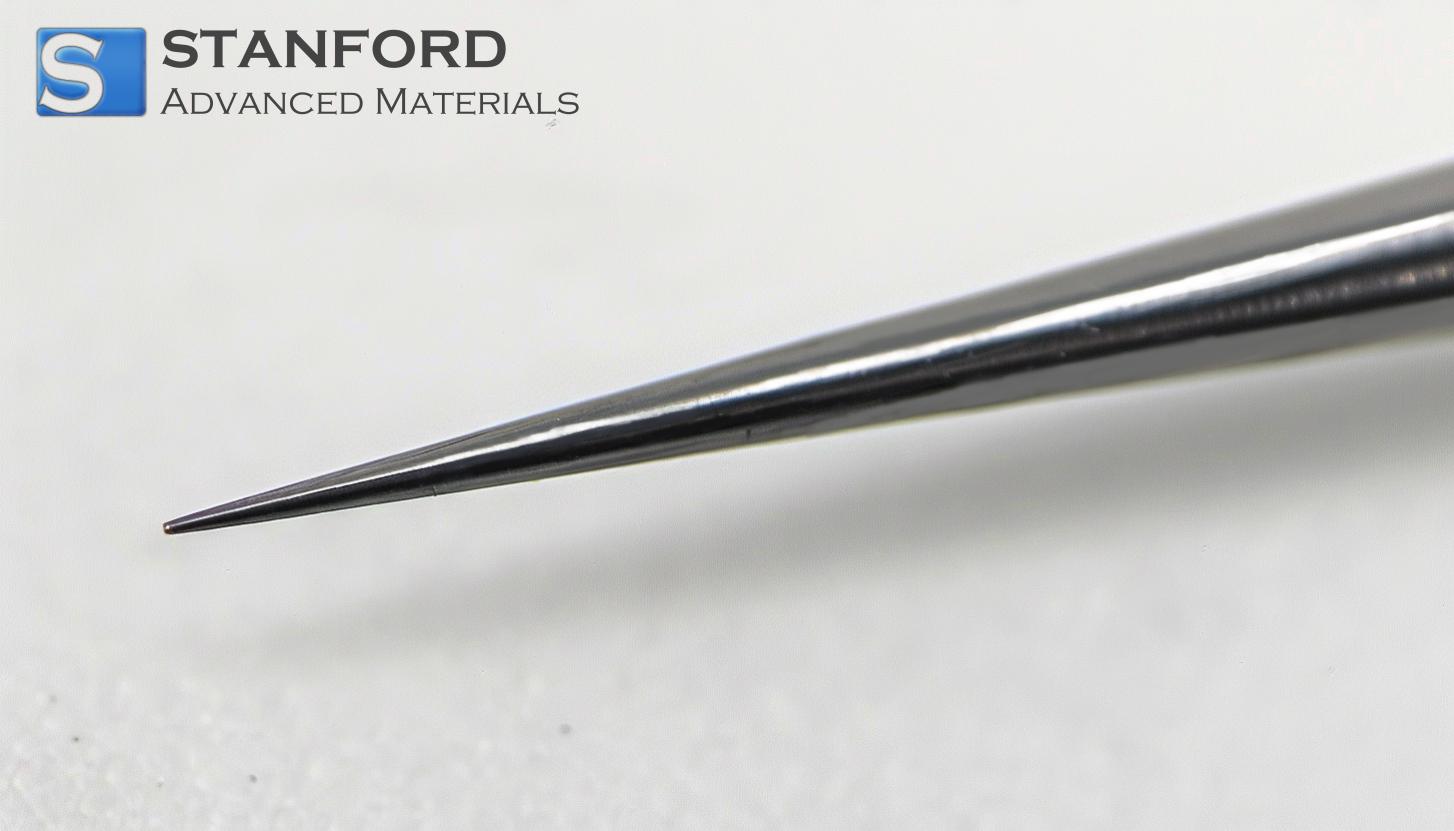
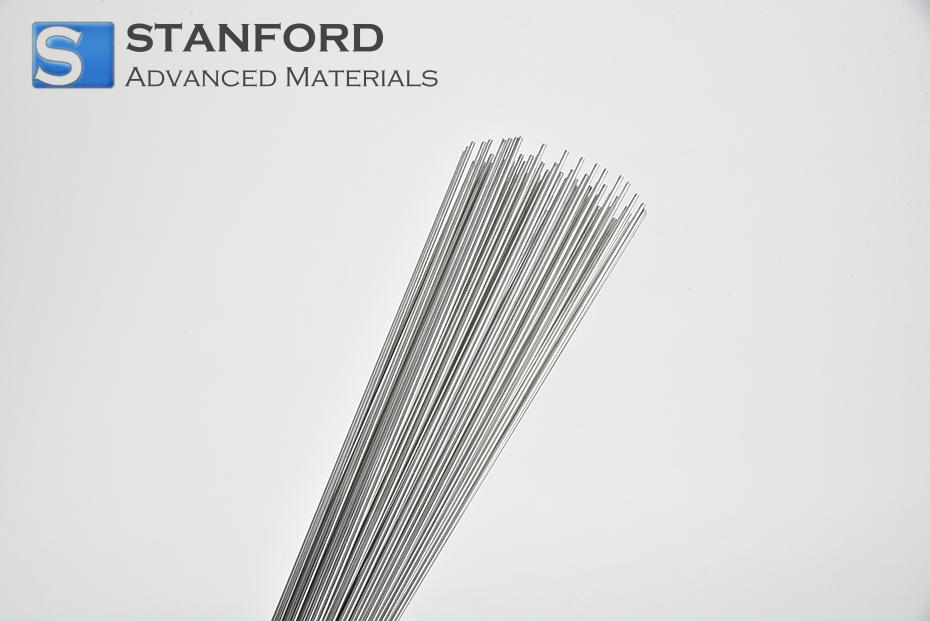
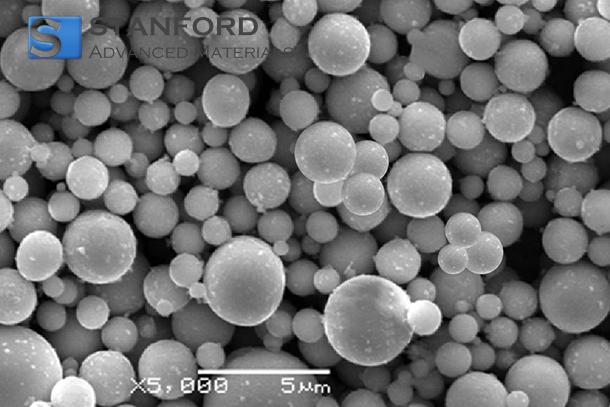
 Chin Trento
Chin Trento



